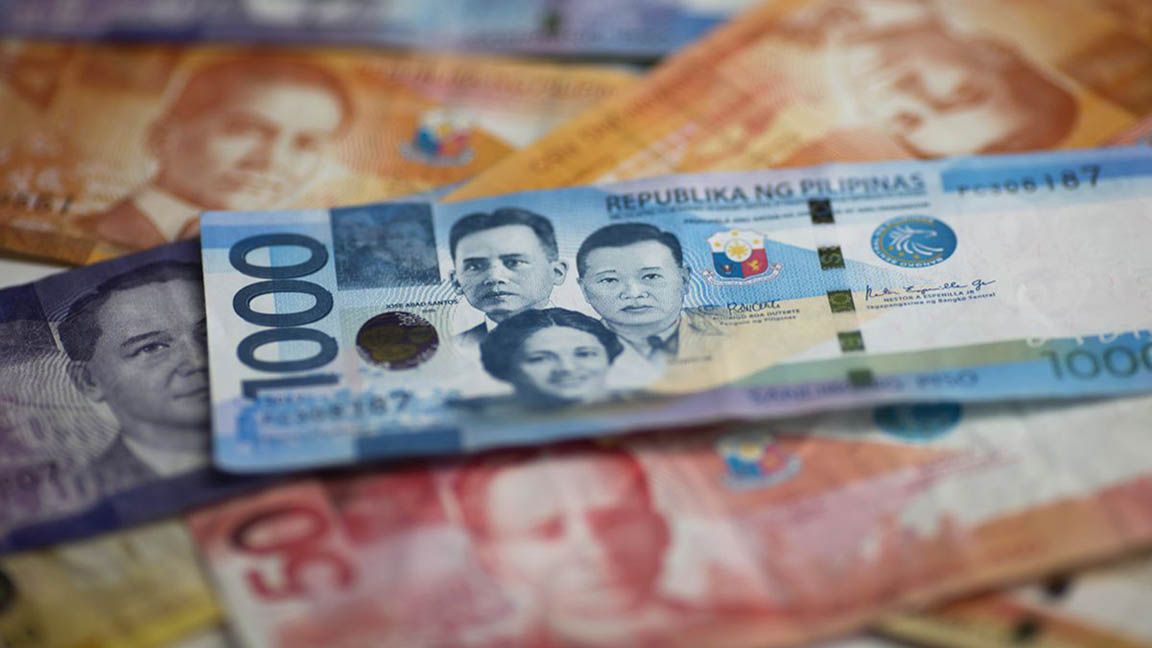The Philippine peso is at its fastest fall among currencies in ASEAN and the central bank might be forced to speed up its rate hike to 50 basis points (instead of two 25 bps).
The Philippine peso continued its decline to another weakest level in nearly 17 years as fears of US recessions pushed the greenback to its strongest position against other currencies in two decades, said a report of the Inquirer.
The local currency landed at its weakest position against the US dollar since Oct. 20, 2005, when it closed trading at 55.71: $1.
ING Bank commented that the prevailing environment that is favorable to the US dollar looks to continue over the next three months as the US Federal Reserve continues to push ahead with further increases in interest rates.
“Continued Fed tightening amidst a global slowdown remains a very positive environment for the dollar,” ING Bank said. “Recessionary fears have pushed the dollar to the highest (strongest) levels since 2002.”
According to DBS Bank Ltd. Of Singapore, on a year-to-date basis, the peso has depreciated the most among currencies in the six largest economies of the Association of Southeast Asian Nations (Asean).
The Singapore-based bank noted that the peso has lost close to 8 percent of its value against the dollar since the start of 2022—the worst compared with Thai baht, Malaysian ringgit, Indonesian rupiah and Singapore dollar.
Among the so-called Asean-6 currencies, only the Vietnamese dong gained value against the dollar, by more than 8 percent.
Inflation combat mode
DBS said considering that the Bangko Sentral ng Pilipinas (BSP) is “firmly on an inflation combat mode,” the Monetary Board might consider policy rate hikes of 50 basis points (bps) in one meeting, unlike the two previous hikes of only 25 bps.
“The BSP raised rates by a cumulative 175 bps within five meetings in the 2018 cycle, with two 50 bps to quell inflation,” DBS said, referring to a similar time when the peso was on a downtrend.
The bank said it was not ruling out 50-bp hikes in BSP rates in a single policy meeting, especially if the peso’s depreciation further heats up inflation.
Fastest fall
“[That the] Philippine peso depreciation is at its fastest pace against the US dollar in about five years is adding further upside pressures on imported inflation,” DBS said.
This meant that higher prices of imported inputs are pushing up the prices of locally produced goods. One possible trigger of imported inflation is the depreciation of the local currency.
Tags: #Phlpeso, #fastestfall, #ASEAN, #loomingrecession
